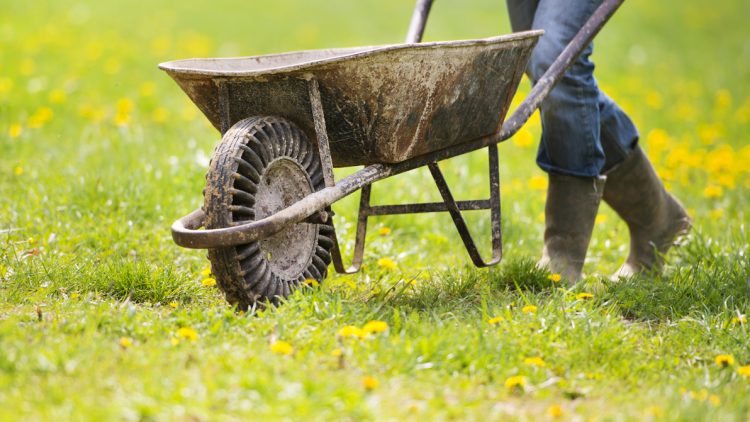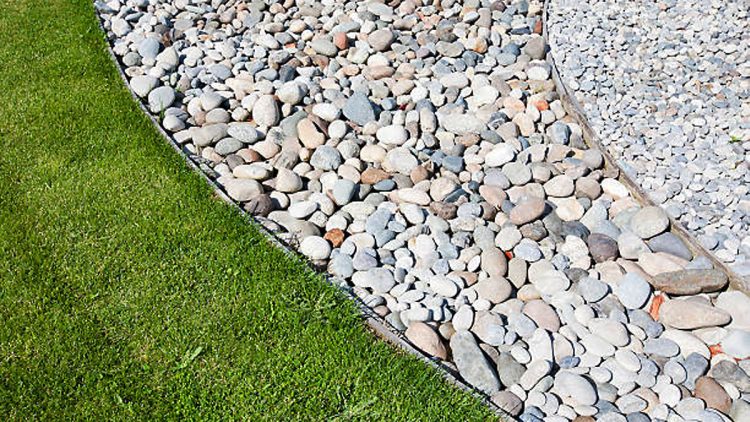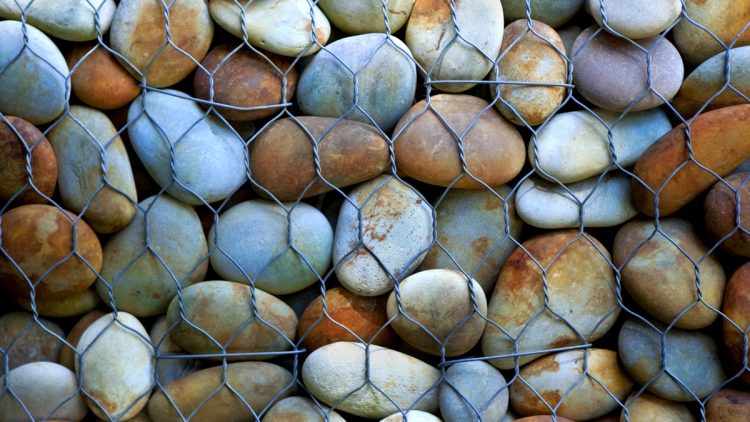River rock’s smooth texture, organic look, and adaptability have made it a mainstay in landscaping. River rock has both practical and decorative uses, whether it is to create dry river beds, line garden pathways, or improve the appearance of outdoor areas. However, where is the source of this material? The natural journey of river rock will be discussed in this blog, with particular attention paid to how it is formed by water erosion, the kinds of rock it comes from, and the geographic areas where it is most frequently found.
River Rock: What is it?
Natural forces have sculpted and smoothed river rock, especially as a result of water flowing through rivers, streams, and other bodies of water. These rocks vary in size, color, and composition and are frequently rounded, oval, or egg-shaped. River rocks provide a vast array of options for landscaping applications, ranging in size from tiny pebbles to massive boulders.
River rocks, which are mostly made of granite, basalt, limestone, and sandstone, are chosen for their strength and beauty. They are popular for outdoor designs because of their smooth surfaces and distinctive colors, which give any area a polished, organic appearance.
What Causes River Rock Formation?
Water erosion, a process known as mechanical weathering, is how river rock is created. Larger rocks are broken down by wind, water, and ice over thousands or even millions of years. When it comes to river rock, water is the primary factor that shapes the substance. Larger rocks collide with sediment and other rocks as they are transported downstream by rivers or streams. The smooth, rounded stones we see today are the result of their rough surfaces and sharp edges being worn down by constant movement and collision.
The procedure is broken down as follows:
First Breakdown: Water erodes large rocks from riverbanks or mountain ranges, breaking them off in pieces.
Transport: The water’s flow carries these pieces downstream, where they continuously roll and bump into other rocks and sediment.
Smoothing and Shaping: River rock gets its distinctive round and smooth look as a result of the erosion of these rocks’ jagged edges over time.
Deposition: These smoothed rocks eventually settle in riverbeds or along the banks as the water flow slows down, making them suitable for gathering and use in landscaping projects.
Where Does River Rock Originate?
Although river rock is found all over the world, it is typically found in areas with sizable water systems and rivers. Among the most well-liked locations for gathering river rocks are:
The Appalachian Mountains: The Appalachian region’s rivers and streams yield a variety of river rocks, which are distinguished by their earth-toned hues and smooth surfaces.
The Rocky Mountains: A wide variety of river rock is produced by rivers that flow from the Rockies and carry granite and other kinds of rock downstream.
The Pacific Northwest is a great place to find basalt and other dark-colored river rocks because of its heavy rainfall and swift-moving rivers.
Southern United States States: Rivers in Georgia, Tennessee, and Alabama yield a lot of river rock, especially in gray, brown, and cream hues.
The Effects of River Rock Harvesting on the Environment
Although river rock is a naturally occurring substance, if it is not handled properly, its removal from riverbanks and beds may have an adverse effect on the environment. Overharvesting can disrupt aquatic ecosystems, resulting in habitat destruction and erosion. River rock should therefore be purchased from vendors who use sustainable harvesting practices. You can improve your landscape while preserving the integrity of the environment thanks to the careful selection of our river rocks, which guarantee little disturbance to natural ecosystems.
How to Incorporate River Rock into Your Landscape Designs
One of the most adaptable materials for your outdoor area is river rock. Here are some suggestions for using it in your upcoming project:
Garden Pathways: To create quaint walkways that blend in perfectly with the surroundings, use smaller river rocks.
Dry River Beds: Construct a stunning and useful dry river bed to channel water runoff and give your landscape some texture.
Water Features: Ponds, waterfalls, and fountains that create a peaceful atmosphere in your yard are best designed with large river rocks.
Mulching Alternative: For a durable, low-maintenance option around flower beds and trees, use river rock in place of conventional mulch.
Landscaping Materials Scottsdale, Arizona
A & A Materials, Inc., located in Scottsdale, Arizona, offers river rock, rip rap rock, mulch and wood chips for your landscaping or gardening needs. Contact us or call us at 480-990-0557 for more information.



